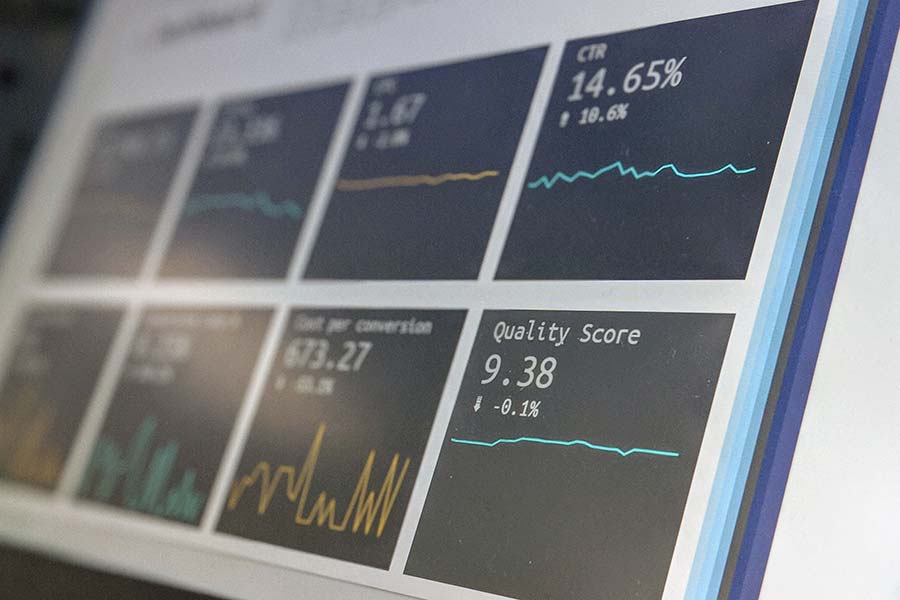
First impressions can have long-term effects on people’s perceptions and behavior. A new study looked at the influence among finance professionals of first impression bias of firms’ performance, which spurs people to place undue weight on early experiences. The study found that equity analysts placed greater emphasis on early impressions than later ones, that negative first impressions had more power than positive ones, and that first impression bias could influence forecasts of a firm by a financial professional for up to six years.
The study was conducted by researchers at Carnegie Mellon University (CMU), the University of California, Irvine, and Pennsylvania State University. It appears in Review of Finance.
“Analysts are professionals who have a financial incentive to make accurate forecasts,” explains Thomas Ruchti, Assistant Professor of Accounting at CMU’s Tepper School of Business, who coauthored the study. “Forecasting future outcomes is inherently subjective, so we sought to determine whether analysts are more optimistic in their forecasts about firms that performed well in the year before the analysts followed the firm and more pessimistic in their forecasts about firms that performed poorly in the year before.”
The researchers looked at nearly 1.7 million analyst forecasts between 1984 and 2017 to examine whether analysts’ first impressions of a firm induced bias in their forecasting behavior. They obtained information on analysts’ quarterly earnings per share forecasts (looking one quarter ahead), price targets, and stock recommendations from the Institutional Brokers’ Estimate System database.
As a proxy for analysts’ first impressions, they used a firm’s stock return after adjusting for industry returns in the year before an analyst’s first forecasts. A firm’s performance was categorized as positive if it was at or above the 90th percentile in market returns in its industry for the prior year, and negative if it was below the 10th percentile.
The study found that equity analysts’ first impressions of a firm could influence their future forecasting behavior for two years if the impression was positive and up to six years if the impression was negative. Analysts who had abnormally positive first impressions of firms experienced a first impression bias that led to forecasts that were more optimistic than the consensus (consensus forecasts were calculated as the average value of the first forecasts of all analysts following the same firm at the same time).
In contrast, analysts who experienced abnormally negative first impressions experienced a first impression bias that led to forecasts that were more pessimistic than the consensus. Negative first impressions had roughly double the economic effect on forecasts and price targets of positive first impressions of equal or greater magnitude, the study found.
A positive first impression was associated with a 15% higher probability that the analyst would recommend buying a stock, while a negative first impression was associated with a 31% lower likelihood that an analyst would do so. The opposite pattern held for recommendations to sell. The study also found that analysts appeared to place more weight on recent experiences and their earliest experiences, and less weight on intermediate experiences.
“Past studies have looked at the influence of first impression bias in the lab, but our work is the first to do so among finance professionals in the field,” says Ruchti. “Our findings have practical implications for brokerage houses: When assigning analysts to follow a particularly successful or unsuccessful firm, brokerages may benefit from designing procedures to compensate for the first impression biases of analysts in generating future forecasts, price targets, and recommendations.”


Leave a Reply